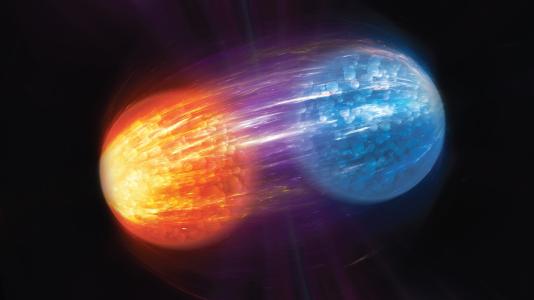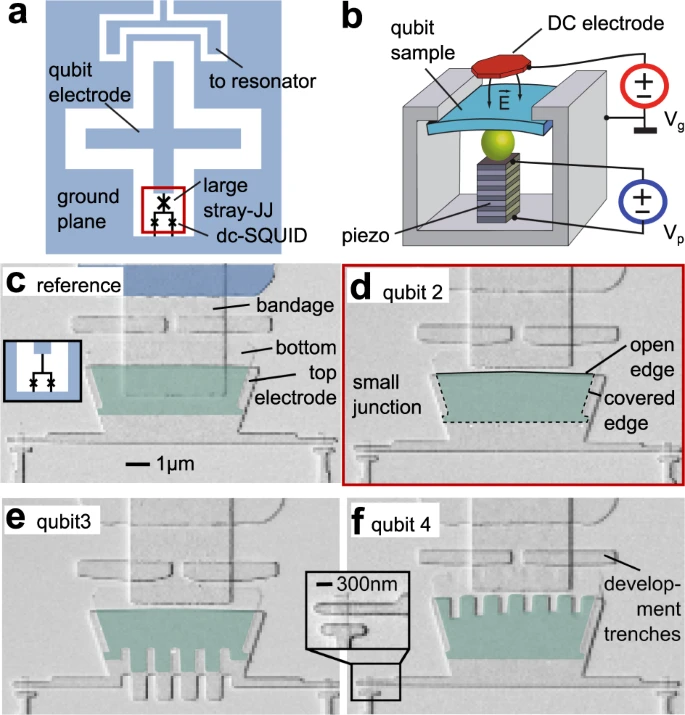Researchers affiliated with the Q-NEXT quantum research center show how to create quantum-entangled networks of atomic clocks and accelerometers — and they demonstrate the setup’s superior, high-precision performance.
For the first time, scientists have entangled atoms for use as networked quantum sensors, specifically, atomic clocks and accelerometers.
The research team’s experimental setup yielded ultraprecise measurements of time and acceleration. Compared to a similar setup that does not draw on quantum entanglement, their time measurements were 3.5 times more precise, and acceleration measurements exhibited 1.2 times greater precision.
The result, published in Nature, is supported by Q-NEXT, a U.S. Department of Energy (DOE) National Quantum Information Science Research Center led by DOE’s Argonne National Laboratory. The research was conducted by scientists at Stanford University, Cornell University and DOE’s Brookhaven National Laboratory.
Reference: Benjamin K. Malia, Yunfan Wu, Julián Martínez-Rincón, Mark A. Kasevich. Distributed quantum sensing with mode-entangled spin-squeezed atomic states. Nature, 2022; DOI: 10.1038/s41586-022-05363-z




